Disclaimer
By performing these or any exercises depicted in this publication, you are at your own risk, as these exercises are for informational purposes only. All contributors, authors, publishers, and editors are indemnified from any legal action from illness, accidents, or injury resulting from performing these or any exercises depicted in this publication.
Copyright 2015 by Jim Martz
All rights reserved. No part of this book may be reproduced in any manner without the express written consent of the publisher, except in the case of brief excerpts in critical reviews or articles. All inquiries should be addressed to Skyhorse Publishing, 307 West 36th Street, 11th Floor, New York, NY 10018.
Skyhorse Publishing books may be purchased in bulk at special discounts for sales promotion, corporate gifts, fund-raising, or educational purposes. Special editions can also be created to specifications. For details, contact the Special Sales Department, Skyhorse Publishing, 307 West 36th Street, 11th Floor, New York, NY 10018 or .
Skyhorse and Skyhorse Publishing are registered trademarks of Skyhorse Publishing, Inc., a Delaware corporation.
Visit our website at www.skyhorsepublishing.com.
10 9 8 7 6 5 4 3 2 1
Library of Congress Cataloging-in-Publication Data is available on file.
Interior photos by Al Messerschmidt
Cover design by Jane Shepard
Cover photo credit Thinkstock
ISBN: 978-1-63220-496-7
Ebook ISBN 978-1-63220-856-9
Printed in the United States of America
CONTENTS
FOREWORD
Sports injuries can be both debilitating and career-ending. Modern-day athletes, even the weekend type, are beginning to appreciate the importance of preparing before competing. The old saying: Failing to plan is planning to fail is true in every field of endeavor.
I first started teaching tennis in the late 1950s at Victory Park in North Miami Beach, Florida. My students would come for their lesson and, from the very first strike of the ball, crushed the ball with all their might. Imagine if I had insisted that they first do 15 minutes of stretching exercises and rope-skipping to protect them from injury. Even though I was charging only $3.00 per hour, parents would have demanded a refund.
Modern-day athletes, both professional and amateur, realize the importance of remaining injury-free. Professional athletes now have teams that include specialists in technique, as well as physical and mental conditioning. While the average weekend athlete doesnt need, nor could she/he afford to employ such a team of specialists, it is important to understand that injuries dont only affect your performance on the court. They affect family, recreation, and job performance.
The most common sports injuries are strains and sprains. These injuries are the result of the sudden stretching of ligaments beyond their limits. Sometimes the prevention of common injuries is beyond our control, but in many cases, these injuries are preventable. Proper warm-up increases blood flow to your muscles and decreases the likelihood of over-stretching.
Professional athletes begin their training weeks before a major competition. How often have we heard boxers say that they have been in training camp for six weeks?
Weekend warriors, on the other hand, dont have that luxury. The wisest thing that they can do is to slowly warm up each of the muscle groups before playing. By the way, strains and sprains are also the most common injuries in children. Almost 500,000 children are diagnosed with these injuries each year. It is not unusual for children to begin learning tennis at the age of 5 or 6 years. Growth plate injuries are very common in children. When the growing process is complete, the growth plate is replaced by solid bone. So, be sure to monitor the amount of training or competing that you allow for young children. Again, the most sensible way to prevent all sports injuries is to teach kids to stretch and warm up before practices and matches. Kids often feel invincible. Make warm-up a regimen that they perform because they realize that rehabilitation is not fun and the time away from the game to rehabilitate an injury can be a major setback.
One other area of concern for the weekend warrior is fatigue. Fatigue removes all of your protective efforts. Once fatigued, your risk to primary and secondary injuries increases. So, know when to say, Ive had enough! Try to be in the best shape you can, and fatigue wont set in as quickly. I cant tell you the number of times that Ive continued to play after fatigue had set in. I didnt realize how vulnerable I was making myself to a muscle or ligament injury.
Develop a warm-up strategy before each physical activity and a cool-down strategy after each event. And stick to that regimen. It will probably help you remain injury-free and improve the quality of your life!
Nick Bollettieri, Founder and President Emeritus IMG AcademyBollettieri Tennis Program;
International Tennis Hall of Fame Inductee 2014
INTRODUCTION: AVOIDING INJURIES IS A HEALTHY ACTIVITY FOR EVERYONE
 hen fitness expert Jeff Drock was asked how important it is to avoid those nagging tennis injuries that could wipe out a players season, he quickly replied, You want to keep them off the operating table.
hen fitness expert Jeff Drock was asked how important it is to avoid those nagging tennis injuries that could wipe out a players season, he quickly replied, You want to keep them off the operating table.
He wasnt kidding. As he pointed out, every strength and conditioning coachs goal should be injury prevention.
Preparing the correct way is important in everything you do in life, but if you dont warm up properly before playing tennis you could end up in the hospital. Consider how often professional tennis players are undergoing injuriesespecially to the shoulder and wristsometimes bringing a much-too-early finish to a promising career. And these are athletes in peak physical condition.
Therefore, imagine the risk you or your kids undertake when you venture out for your weekly tennis match.
Safe Tennis , with instructive images, teaches you how to avoid these injuries and how to properly prepare yourself. There are detailed warm-up plans and exercises that specifically strengthen you for a tennis match. This includes stretching exercises that are designed by physical therapists who specialize in sports medicine.
In addition, you will learn how to prevent injuries while on the court, learn the correct way to cool down after your match, and perform specific exercises if therapy is needed. There are tips on how to schedule your workouts, matches, rest time, and recovery, plus the mental aspect as it relates to injuries and fitness.
When sports psychologist John F. Murray, Ph.D., was asked about the importance of avoiding and coping with tennis injuries, he noted that avoiding injury and staying healthy fall within the area of well-being, and that we know from numerous studies that a sound and healthy mind or mental skills feed a sense of physical health and well-being. And when things are not going well physically, or an athlete is experiencing an injury, mental stability can often suffer.
As the late renowned coach, psychologist, and researcher Vic Braden noted, one must understand that the muscle has no memory, and so we have to focus on the human brain.
When Satoshi Ochi, the Head Strength and Conditioning Coach for the United States Tennis Associations High Performance facility in Florida, was asked about the importance of this topic, he replied, Well, its huge. Tennis players spend so much time on the tennis court in practice and getting better in their game. And at the same time you spend so much time on the fitness and conditioning and other areas. And if you dont treat your body right, all the work youve put on the body, you cant use it.



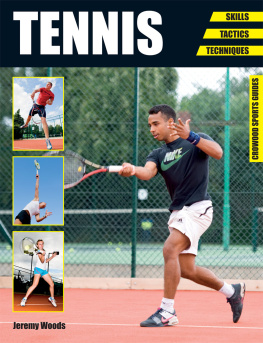
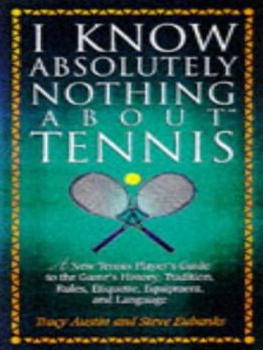
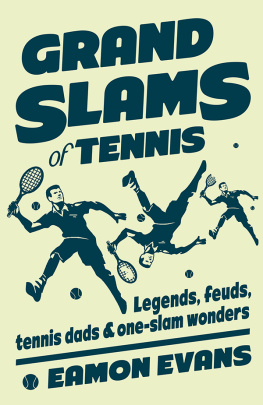


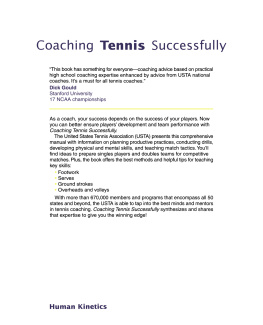
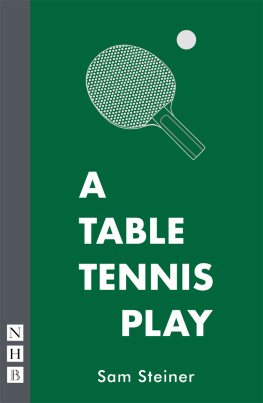

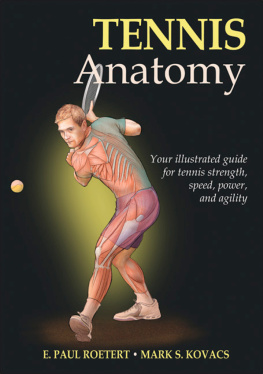


 hen fitness expert Jeff Drock was asked how important it is to avoid those nagging tennis injuries that could wipe out a players season, he quickly replied, You want to keep them off the operating table.
hen fitness expert Jeff Drock was asked how important it is to avoid those nagging tennis injuries that could wipe out a players season, he quickly replied, You want to keep them off the operating table.